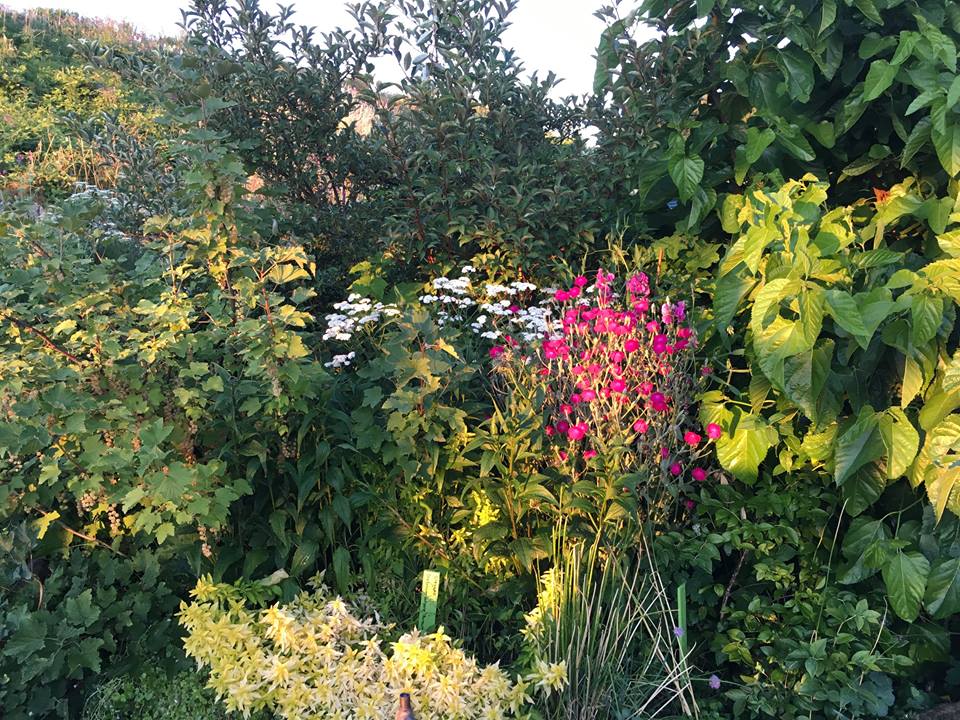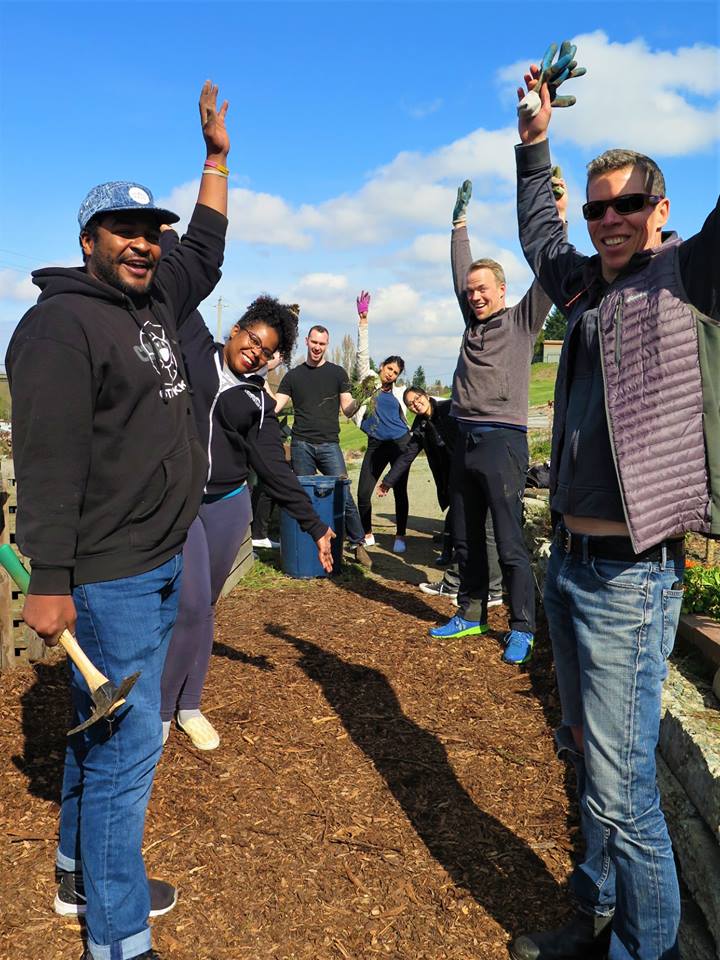


Ecologically, diversity allows for a balanced ecosystem where different species help to accelerate or inhibit the growth of one another. Socially, diversity allows for integrative consideration and equal participation in a public food forest. In either setting, diversity creates conflicts and a dynamic equilibrium to make sure that no species or a specific group of people occupy all the benefits by excluding the others.
Diversity may be in terms of sex, age, race, occupation, financial status and many more. As the Beacon Food Forest is located on a public land in Seattle, one of the most culturally diverse cities in the United States, we are advised by the City government at the initial stage of the project to showcase our design map of the Beacon Food Forest in communities of different cultures. It was a necessary step to gain diverse support and proof that this project is not only in the interest of one group but many different groups of people. By valuing these diverse cultures, we ended up getting vast emails of interest and even seeds and plants that are unique to these people’s homeland (foreign but not invasive), and of course the City government’s approval to proceed the project.
1. The awareness of being inclusive and respectful to diversity.
2. Different sectors (e.g. Seattle City government) that can provide insights that would not otherwise be thought of by just the community.
3. A universal value or interest that is shared by more than just one group of people. In our case, the Beacon Food Forest offers healthy and affordable food that is of common interest to people regardless of sex, age, culture, and financial status.
Going into communities with different cultural backgrounds was faced with two major challenges:
-
Not everyone in the community understands English, especially the elderly, and so having an interpreter understands the project would help in the communication process.
-
Cultural clash is something that is inevitable but can be seen as a positive process towards getting used to each other. We believe the way to accelerate the process is to just keep listening with respect. From our experience, the best way to minimize conflict during the communication is to stay inclusive and rational, and to remind ourselves with the ultimate goal and baseline principles of the project.
Diversity in sectors also means more resources. We are very lucky to have the City government as the third party and a legitimate voice in times when necessary. The University of Washington granted us a beautiful gathering patio as a result of the students’ project and we wouldn’t have educated hundreds of students each year if it weren’t for the support from local schools. Value diversity.